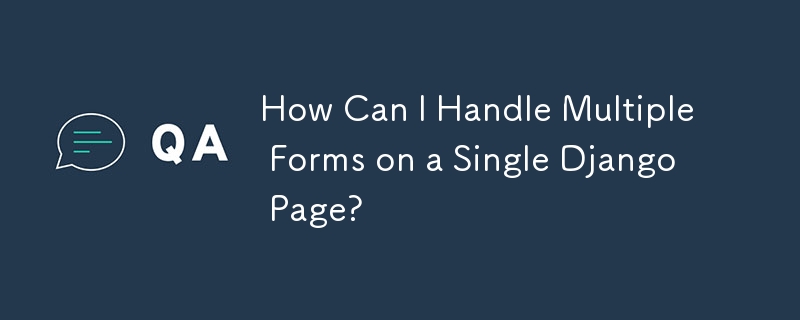Found a total of 10000 related content

How to Use the HTML5 History API for Single-Page Applications?
Article Introduction:This article explains the HTML5 History API for building Single-Page Applications (SPAs). It details pushState() and replaceState() for manipulating browser history without page reloads, emphasizing clean URLs and improved user experience. The arti
2025-03-10
comment 0
1041

How to build a single page application (SPA) with HTML5?
Article Introduction:Using HTML5 to do single-page application (SPA) requires combining JS and CSS. The core lies in front-end routing, dynamic content loading and good structural organization. 1. Use HistoryAPI to implement front-end routing, control URL changes through pushState/replaceState and listen to popstate event processing navigation; 2. Load content dynamically, obtain data or templates asynchronously according to the current path and render to the main container, so as to achieve page switching without refresh; 3. Imitate the component structure, treat each page as an independent component, control loading and unloading through JS, and reuse common parts such as the head and bottom; 4. Load resources asynchronously, introduce JS/CSS as needed, and use lazy loading and preloading strategies to improve performance. Master these four points
2025-07-10
comment 0
203


HTML5 history API for single page applications
Article Introduction:HTML5HistoryAPI is an interface for operating browser history. It implements SPA refresh-free routing through pushState, replaceState and popstate. Its core functions include: 1.history.pushState() adds a new history, suitable for page switching; 2.history.replaceState() replaces the current record, suitable for updating the URL without adding new history; 3.window.onpopstate listens to the browser's forward and back events. Front-end routing realizes navigation by intercepting link clicks, calling pushState to update the URL, loading content based on the path and listening to popstate
2025-07-06
comment 0
467

Can a single HTML5 page have multiple tags?
Article Introduction:Yes, an HTML5 page can have multiple tags. 1. Multiple tags can be used to display video collections, teaching clips, social media videos or compare content shot from different angles; 2. When using it, you need to pay attention to the browser's restrictions on automatic playback. It is recommended to set muted attributes or control playback through JavaScript; 3. You need to pay attention to performance issues to avoid page lag, which can be solved by delaying loading and optimizing video encoding; 4. It is recommended to unify the control style and design reasonable interactive logic, such as pausing other videos to improve the user experience.
2025-06-28
comment 0
469

How to Customize WooCommerce Product Pages
Article Introduction:Key Points
WooCommerce product page customization uses operations and filter hooks to directly modify the theme file without modifying the tags of the template file.
Customize the product page by loading the single-product.php file and copying the template in the theme, all changes are made in a copy, ensuring that custom changes are not affected when updating the theme and plug-in.
You can create a custom product page or product category by adjusting the custom templates for these pages and ensuring that the new product or category you are added is at the end of the content-single-product.php file.
Use plugins such as Elementor and Beaver Builder, no
2025-02-10
comment 0
914

Setting Up an Angular SPA on Rails with Devise and Bootstrap
Article Introduction:This guide provides a streamlined approach to building an Angular single-page application (SPA) integrated with a Rails backend using Devise for authentication and Bootstrap for styling. It's designed for developers with foundational knowledge of th
2025-02-17
comment 0
486

Understanding React Router vFeatures, Setup, and Best Practices
Article Introduction:React Router v6: A Complete Guide
React Router is the most popular library used for routing in React applications. It allows you to navigate between different components based on the URL, providing a single-page application (SPA) experience whe
2024-12-29
comment 0
980

Creating Reusable Content Structures with HTML5 Template Tag
Article Introduction:HTML5 tags are used to create reusable lazy content structures. The specific steps are: 1. Define the template; 2. Obtain and clone the template content through JavaScript; 3. Insert the clone content into the page. Its features include default invisible, support for any HTML, and require JS operations. It is suitable for scenarios such as component structure, dynamic loading, and preloading resources. The scripts and styles in the template need to be specially processed and cannot be nested in specific tags.
2025-07-06
comment 0
925
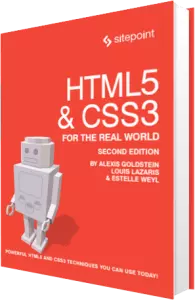
HTML5 Page Structure Basics
Article Introduction:Detailed explanation of HTML5 semantic elements and guide to building page structure
Core points
HTML5 introduces new semantic elements to enhance the meaning of document structures, such as header, section, article, nav, aside, and footer elements. These elements can be used to divide the page and clarify the purpose of the content.
The header element is not only used for page titles, but also introduces every part of the content. The section element represents the subject grouping of content, usually with a title. The article element represents a complete and independent component in the document and can exist independently.
The nav element represents a set of navigation links and should be reserved for the primary navigation. aside
2025-02-19
comment 0
321
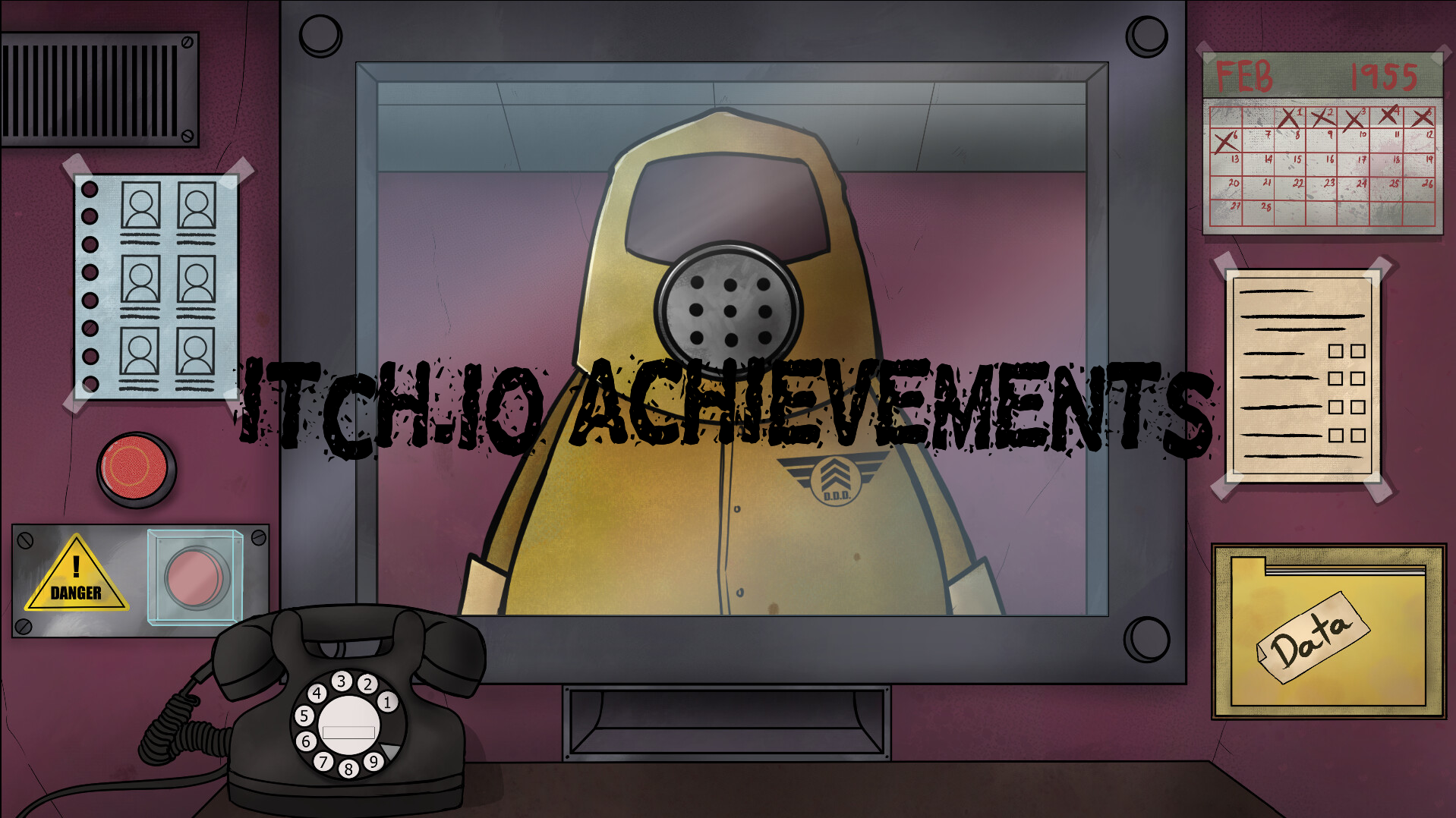
That's Not My Neighbor – Itch.io Achievements Guide
Article Introduction:"Itch.io version "All 30 Achievements Unlocking Guide"
(Tip: Please click here for Steam version guide)
This guide covers all 30 achievements of the Itch.io version of the game. Some achievements are related to game progress, while others require specific choices or interactions to unlock. Achievements are arranged in the order of two pages in the game.
Page 1 Achievements
BETTER THAN HENRY: A single game received an S-rated rating.
WORK ACCIDENT: Kill a neighbor.
DOPPELGANGER FOOD: Killed by a stunt.
Hunter: Capture 100 stand-ins.
I'm alive!
2025-03-17
comment 0
824

Using the HTML5 `` element for reusable content.
Article Introduction:Elements are native tools in HTML5 for storing unreleased HTML fragments, and can be efficiently reused after cloning through JavaScript. 1. Get template nodes; 2. Cloning content; 3. Filling data; 4. Inserting page. When using it, you need to pay attention to: the content and styles must be accessed through cloning, and must be defined separately and compatible with modern browsers. Suitable scenarios include dynamic lists, pop-up components, table rows and other duplicate structures.
2025-07-08
comment 0
471

What is the HTML template tag?
Article Introduction:Tags are containers used in HTML5 to store lazy content. They are not directly rendered when the page is loaded, but can be dynamically extracted and used through JavaScript. It is suitable for scenes where the same structure needs to be created repeatedly, such as generating lists, cards, or pop-ups. 1. The UI component structure can be predefined to improve component development efficiency; 2. Reduce the amount of code used by JS to splice HTML to enhance maintainability; 3. Improve page performance, because the template does not participate in rendering at the beginning. The steps to use include: define the template structure in HTML, obtain and clone its contents in JavaScript, and insert the DOM after modification. Notes include: only effective in modern browsers, avoid directly embedding scripts or styles, and it is recommended to add class names or IDs for operation in complex structures.
2025-07-07
comment 0
861
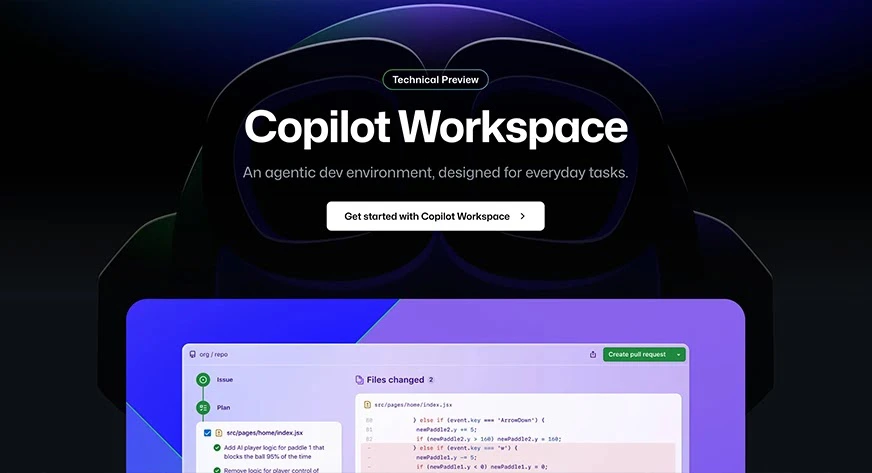
Getting Started with GitHub Copilot Workspace
Article Introduction:GitHub Copilot Workspace (CW) Technology Preview is available now! CW is a task-centric development environment that allows you to define tasks for your code base in natural language and collaborate with AI to complete these tasks. This guide will walk you through multiple entry points to get started with Copilot Workspace.
Table of contents
Task start entry point
GitHub Issue
Create ad-hoc tasks with CW dashboard
Create ad-hoc tasks through codebase page
Create a code library from a template
Use "Use this template" on GitHub.com
Use New Session on the dashboard
Use URL
GitHub C
2025-03-10
comment 0
1092
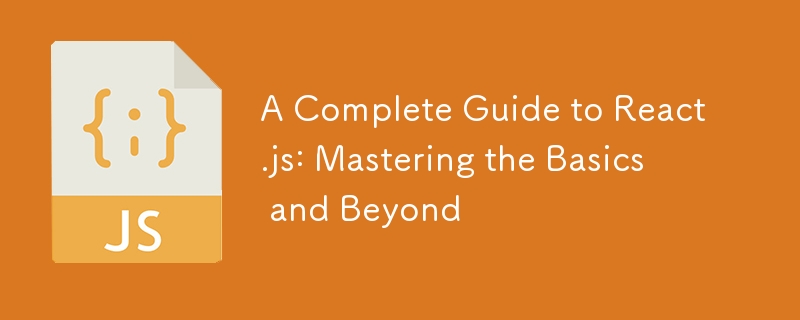
A Complete Guide to React.js: Mastering the Basics and Beyond
Article Introduction:Getting started with React.js
React.js (often shortened to React) is a powerful JavaScript library developed by Facebook that is widely used for building user interfaces, especially single-page applications. Its component-based architecture and efficient rendering make it a popular choice among developers. This guide will walk you through the basics of React.js and help you understand its core features.
Why choose React.js?
Component-based architecture: React breaks the UI into reusable components, making the code easier to manage and debug.
Virtual DOM: React uses virtual DOM to optimize rendering and improve applications
2025-01-20
comment 0
623

How To Develop a jQuery Plugin
Article Introduction:jQuery Plug-in Development Guide: Creating Reusable Components
Core points:
Creating jQuery plug-in allows developers to create components that can be reused on any web page, reducing the risk of function name conflicts. The plug-in uses jQuery's fn function definition. The method added to the jQuery library will pass the jQuery object as this object in JavaScript.
Parameter processing is very important when developing jQuery plug-ins. To avoid complex parameter processing, pass a single JSON object instead of multiple parameters. You can use jQuery's extend function to merge default parameters and user parameters.
Make sure the method returns t
2025-03-05
comment 0
315

How to use the HTML5 Data attributes for custom data.
Article Introduction:HTML5's data attribute is a standard way to store custom data on page elements. 1. It starts with data-, such as data-user-id. The data is invisible to the user but can be accessed through JavaScript; 2. Use the dataset attribute to read or set the data, and the hyphen is converted to camel; 3. Suitable for front-end template rendering, component state management, interactive control and other scenarios; 4. Precautions include avoiding storing sensitive or large amounts of data, preventing naming conflicts, paying attention to data type conversion, and reasonable use to avoid performance problems. Correct use of data attributes can make the front-end logic clearer and more concise.
2025-07-04
comment 0
281

An Introduction to htmx, the HTML-focused Dynamic UI Library
Article Introduction:Modern web users expect a smooth and dynamic single-page application (SPA) experience. However, creating a SPA often requires complex frameworks like React and Angular, and learning and using them can be complex. htmx came into being - it is a library that provides a new perspective for building dynamic web experiences by leveraging features such as Ajax and CSS transitions directly in HTML.
This guide will explore the capabilities of htmx, how it simplifies dynamic web development, and how it can leverage its potential to enhance your web development process.
Key Points
htmx basics: htmx enables dynamic web experience by leveraging HTML, reducing the usual
2025-02-08
comment 0
321



